Tennessee homeowners are seeing their roofs do more than shed rain; they now help regulate energy use, absorb temperature swings, and protect against sudden wind events. In Fairview, changing seasonal patterns are pushing builders and homeowners to rethink materials, coatings, and ventilation as part of a whole-home weather strategy. Collaborations between regional experts—including Quality Exteriors and local specialists—are shaping resilient, efficient, and attractive roofs that fit real-world conditions in 2025. With practical upgrades and smart planning, even existing homes can bridge the gap between past construction norms and today’s performance expectations. Fairview Roofing Company remains a useful benchmark for local best practices, as the town faces hotter summers, wilder downpours, and more frequent freeze-thaw cycles.
Tennessee’s 2025 Climate Trends and Their Impact on Roofing Choices
Across Tennessee, climate models and on-the-ground observations point to longer, hotter summers, intermittent cold snaps, and more intense rain events that overwhelm older drainage details. For homeowners, that means a roof must manage heat load, wind uplift, and sudden water exposure without sacrificing curb appeal or structural durability. In Fairview, steeper slopes and better water-shedding profiles are regaining popularity as homeowners seek fast drainage during cloudbursts. Impact-rated shingles and standing-seam metal systems are also seeing wider adoption to reduce damage from hail and debris. Fairview Roofing Company reports that upgraded underlayments and improved fastening schedules are now common in bids, reflecting a shift from “minimum code” to performance-based specification.
Practical adaptations to Tennessee weather
The most reliable strategies emphasize layered protection: better ice-and-water membranes at eaves and valleys, thicker synthetic underlayments for secondary defense, and upgraded ridge details that resist uplift. Builders are also dialing in *drip-edge geometry* and gutter capacity to keep rain from back-feeding under the roof during high-volume storms. In areas prone to gusty winds, higher wind uplift ratings and sealed hip-and-ridge assemblies help prevent partial failures that can cascade into interior water damage. For homes in shaded pockets or near tree cover, algae-resistant shingles and breathable assemblies reduce the risk of trapped moisture. Together, these changes reflect a pragmatic approach that matches local weather patterns rather than generic national recommendations.
How Energy-Efficient Roof Designs Reduce Year-Round Utility Costs
An energy-efficient roof design acts like a thermostat you never touch, reducing HVAC strain in summer and limiting heat loss in winter. The foundation is a well-coordinated system: adequate insulation at the ceiling line, continuous ventilation to flush attic heat, and high reflectance where it makes sense for orientation and neighborhood guidelines. In 2025, cool-color pigments and light-toned metal are turning heads in Fairview because they reflect more solar energy without looking stark. Paired with radiant barriers or effective air sealing at the attic floor, homeowners can cut peak cooling loads and moderate shoulder-season humidity. Quality Exteriors regularly integrates these elements so the roof, attic, and mechanical systems work together rather than fight each other.
Real-world ways to capture savings
Savings hinge on more than one product; they emerge from the interaction of materials and details. For example, a light-reflective shingle alone won’t deliver its potential if the attic lacks *balanced airflow* from soffit to ridge. Conversely, perfect ventilation won’t offset the heat gain of a dark, absorptive roof in full sun. The most reliable gains come from stacking small wins: right-sized insulation, sealed penetrations, reflective surfaces where appropriate, and well-calibrated attic exhaust. Homeowners who document pre- and post-upgrade energy use frequently see smoother temperature swings and reduced run-times in summer, benefits that compound over the roof’s lifespan.
Sustainable Roofing Materials Gaining Popularity in Fairview
Sustainability in Fairview is becoming practical rather than trendy, with materials selected for durability, recyclability, and *life-cycle* value. Metal roofing—often made with a significant percentage of recycled content—provides long service life and, when finished with cool pigments, strong summer performance. Recycled-content asphalt shingles have improved, offering better granule adhesion and impact resistance while diverting materials from landfills. Composite shakes and slates bring the high-end look of traditional materials without the fragility or maintenance burden, a plus for homeowners on tree-lined lots. Builders are also pairing material choices with better flashing metals and gaskets to extend system life and reduce future waste.
How to compare sustainable options
When evaluating sustainability, consider the total picture: expected lifespan, maintenance cycles, and end-of-life pathways. A material that lasts twice as long with minimal upkeep generally outperforms a cheaper option that needs frequent replacement. Locally available products reduce transport emissions and make warranty service faster, while documented third-party ratings for impact, algae resistance, and reflectance help cut through marketing claims. Thoughtful detailing—like wide valley flashings, robust pipe boots, and proper transitions at walls—prevents early failure points that would otherwise erase environmental gains. For Fairview homeowners, choosing materials with proven long-term performance in the region is the surest route to a greener, lower-stress roof.
The Role of Reflective Coatings in Combating Heatwaves
Reflective coatings are powerful tools for low-slope additions, porches, and certain metal systems where solar gain pushes attic or interior temperatures to uncomfortable levels. Modern acrylics and silicones raise solar reflectance and emissivity, helping roofs shed heat rather than store it. They can also seal micro-cracks and extend the service life of a roof when applied under the right conditions and over properly prepared substrates. In Tennessee’s humid summers, that extra emissivity can shave heat stress during extended heatwaves, which is when HVAC systems struggle the most. Fairview Roofing Company often recommends test patches and adhesion checks before committing to a full application to ensure compatibility.
Choosing the right coating and maintenance routine
Selecting the right product means matching chemistry to the roof: silicone for areas with ponding risk, acrylics where slope is adequate and recoat cycles are planned. Surface preparation—cleaning, priming as needed, and repairing seams—determines whether a coating becomes a reliable layer or a short-lived bandage. Color matters, too; bright white maximizes reflectivity, but light grays or tans can balance aesthetics and performance on visible slopes. After installation, periodic inspections to monitor seams, penetrations, and UV wear keep the assembly performing at peak levels. A thoughtful approach transforms reflective coatings from a quick-fix into a long-term asset in Fairview’s heat-prone months.
Integrating Smart Ventilation Systems for Better Airflow
Smart ventilation focuses on moving the right amount of air, at the right time, based on real attic conditions. Traditional passive systems—continuous soffit and ridge vents—remain the backbone, but sensors and variable-speed exhaust add precision during heatwaves and high-humidity spells. When temperatures spike, an ECM-driven attic fan can ramp up gently, reducing noise and energy use while protecting shingle surfaces from excessive heat. In cooler months, humidity sensors prevent moisture buildup that can lead to mold or delamination in roof decks. The goal is a *balanced* assembly that avoids negative pressure while still cycling heat and moisture effectively.
Best practices for reliable smart airflow
Success starts with fundamentals: open, unobstructed soffits; correctly sized ridge vents; and baffles that maintain air channels over insulation. Smart fans should complement, not overpower, passive systems, and controls must be tuned to local weather patterns to avoid pulling conditioned air from the living space. Air sealing at the ceiling plane—around can lights, chases, and access hatches—prevents the stack effect from feeding the attic with interior moisture. Electric components belong on dedicated circuits with surge protection to handle summer storms. When these details align, smart ventilation smooths seasonal extremes and extends roof life with minimal homeowner intervention.
Balancing Aesthetic Appeal with Weather Resistance in Modern Homes
Fairview neighborhoods value curb appeal, but homeowners increasingly prioritize durability after seeing how fast storms can roll through. Fortunately, newer products blend form and function: architectural shingles with Class 3 or Class 4 impact ratings, standing-seam metal with concealed fasteners, and composites that mimic natural textures without sacrificing resilience. Color strategy plays a role as well; mid-tone palettes hide pollen and dust while keeping roof temperatures in check, especially when combined with cool pigments. Eave and rake details can be refined for shadow lines and protection, allowing strong water management to coexist with a polished facade. The result is a roof that complements architectural style while standing up to Tennessee’s varied weather.
Design strategies that don’t compromise performance
The best designs treat flashing as a visual element, with crisp lines at skylights, chimneys, and wall transitions that also enhance weatherproofing. Hip and ridge selections can add depth while reinforcing vulnerable zones, and metal accents at bay windows or porches provide both character and longevity. On homes with wide overhangs, soffit vent patterns can be crafted to disappear into the trim while quietly improving airflow. Thoughtful gutter sizing, downspout placement, and leaf protection reduce maintenance and protect foundation landscaping from splashback. This integrated approach ensures the roof reads as intentional design rather than a bolt-on afterthought.
Why Professional Installation Matters More Than Ever in 2025
As products evolve and weather challenges intensify, professional installation has become the decisive factor in roof performance and warranty coverage. 2025 codes and manufacturer guidelines increasingly reference system-level requirements—specific underlayments, starter details, fastener patterns, and accessory compatibility—that exceed generic “best practices.” Installers must understand impact resistance, wind uplift ratings, and ventilation math to ensure the assembly behaves as intended under stress. In Fairview, crews with local experience anticipate microclimate quirks such as valley icing, wind corridors, and tree debris patterns that might not show up in a spec sheet. That expertise shapes details that determine whether a roof lasts 10 years or 30.
Partnering for quality and accountability
Homeowners benefit when contractors collaborate, document, and verify—photos of substrate conditions, pull tests on fasteners, and clear records of materials by lot. Quality Exteriors emphasizes these controls so homeowners receive not just a finished roof but a traceable, warrantable system. Where specialized skills are needed, Fairview Roofing Company often steps in on complex details or low-slope interfaces, ensuring continuity across mixed materials and roof geometries. This teamwork reduces callbacks, preserves manufacturer warranties, and provides a single source of accountability if issues arise. For Fairview homeowners navigating 2025’s climate realities, the combination of rigorous installation and collaborative oversight is the most dependable route to long-term protection.

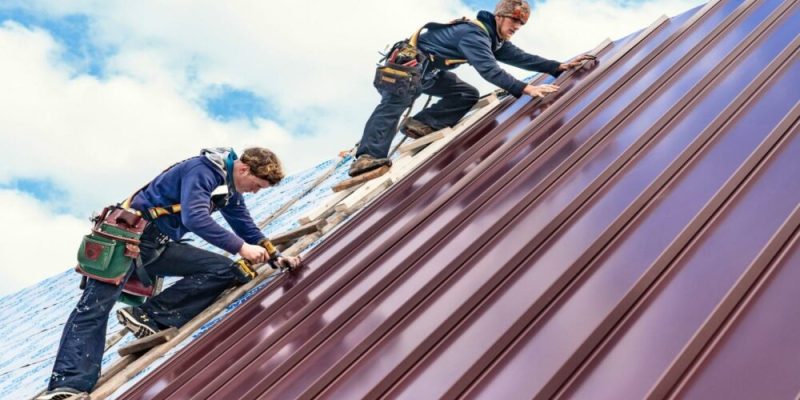
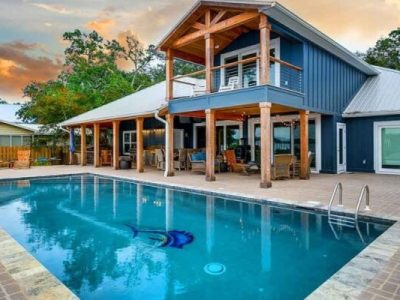


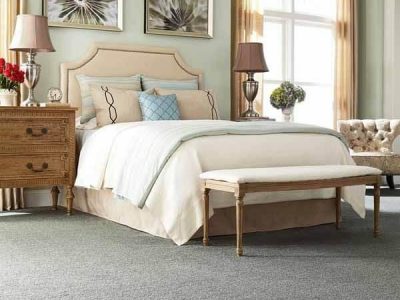
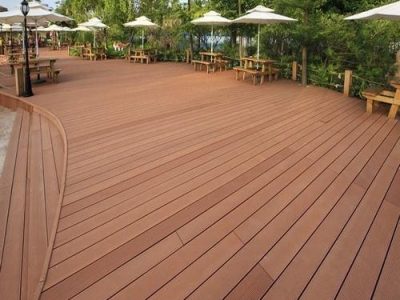

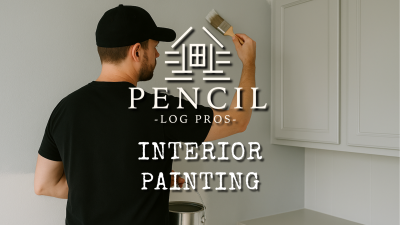


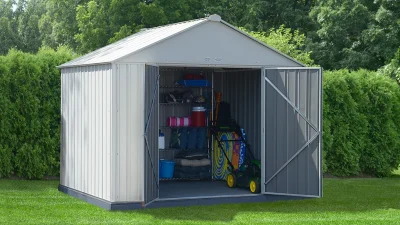

Comments